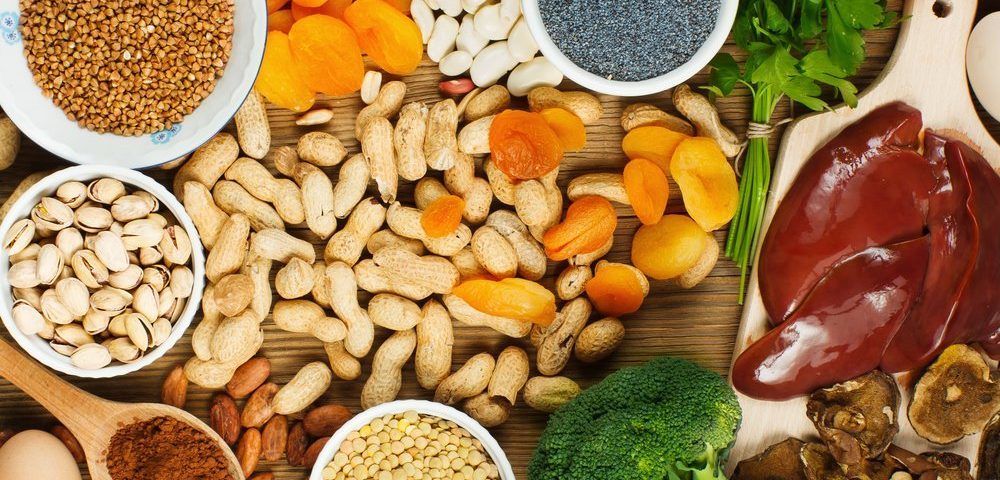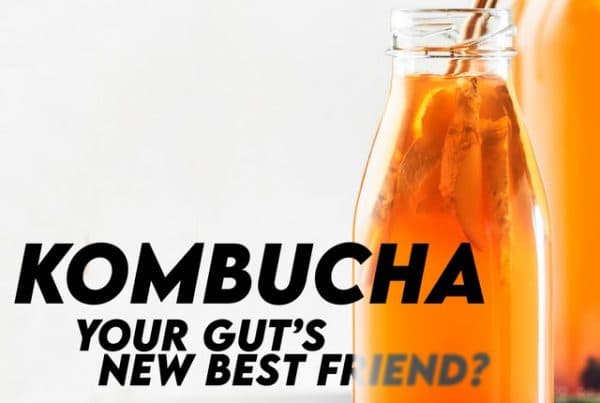No, iron is not something that’s just ‘pumped’ at the gym. It’s actually a mineral found in many foods (but I’m sure you knew that!). Its main purpose in our body is to transport oxygen around the body however, it also does other things, like help to produce energy, helps our immune function and storing oxygen in our muscles – you know, nothing special… The real question though, is how to eat right for YOUR iron levels? Let us talk you through it!
When you go to the doctor and get your iron levels checked, you may be told you are iron deficient or anaemic. This means less oxygen is delivered to cells, leading to feeling tired, weak and lacking concentration. So who’s at risk of being iron deficient? Young kids, vegans/vegetarians, pregnant women, women in reproductive years and athletes. The amount we need depends on our age and gender, so I’m not going to give you an exact figure. This is something you can work out with your doctor! Women generally need more iron than men (of course!).
Let’s get to the good stuff – the food! There are two main groups of iron sources. Haem and non-haem. Haem iron is iron found in animal products, whilst non-haem iron is found in plant-based sources. Animal based iron foods are lean beef, lamb, salmon, chicken and tinned tuna to name a few. Non-haem sources include beans/legumes, dark green leafy veg (KALE!!), whole grains, tofu and enriched cereals. The amount of iron found in foods varies, so talk to your doctor or dietitian about levels in your foods.
When I said earlier that vegetarians and vegans are commonly iron deficient, it is because sources of haem iron are more easily absorbed than non-haem iron. Haem iron is absorbed nearly four to five times more than plant-based iron sources! However we can get around that by knowing that non-haem iron is absorbed three times greater when consumed with vitamin C rich foods. High vitamin C foods include tomato, oranges, broccoli and kiwi fruit.
To improve our iron intake it is believed that cooking plant-based sources improves the iron available for the body to absorb. For example, the body is able to absorb 6% of the iron in one cup of raw broccoli. When cooked, up to 30% is available. Tea, coffee and wine all contain tannins, which reduce iron absorption in the body. It is recommended to avoid these drinks during or directly after having a source of iron (maybe a wine with your steak isn’t helping…).
How can we prevent becoming deficient (no one wants to feel tired and weak all day, everyday!?
- Get regular blood tests to check your levels if you are prone to being deficient (I’m talking to those at a higher risk!)
- Eat a balanced, healthy diet that includes good sources of iron to prevent deficiencies – by this I mean try first to eat foods containing iron, rather than rely on supplements.
- Speak to your doctor or dietitian if you are concerned. If you believe supplements will help, always speak to your doctor beforehand!
For more information on how to eat right for your iron levels, get in touch and let us help you!








One Comment